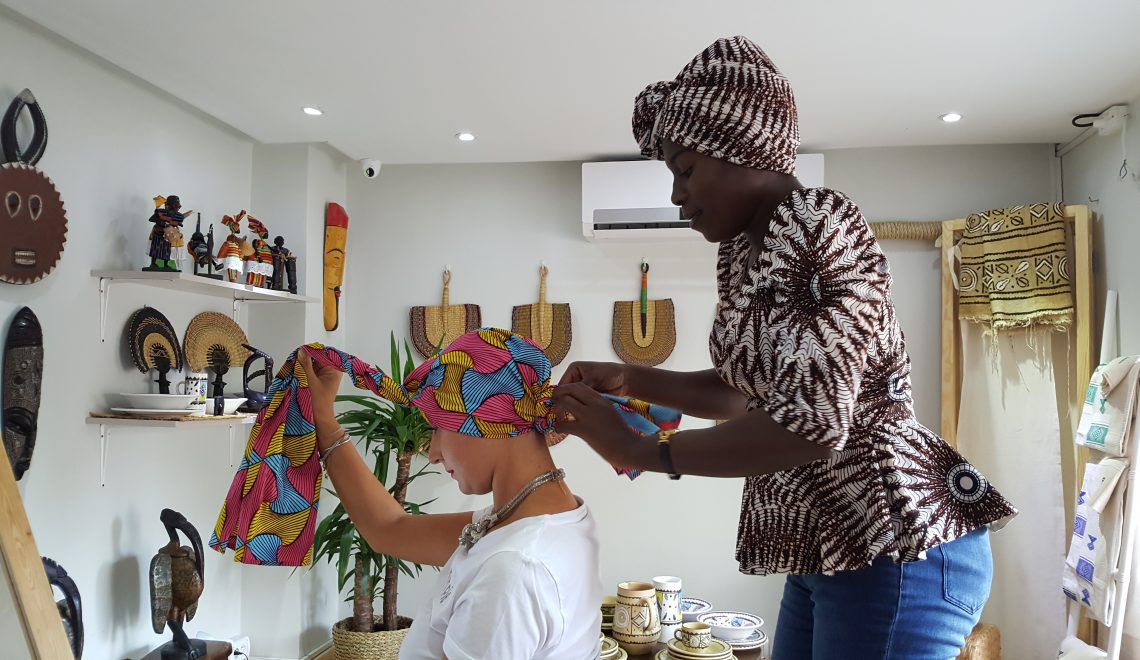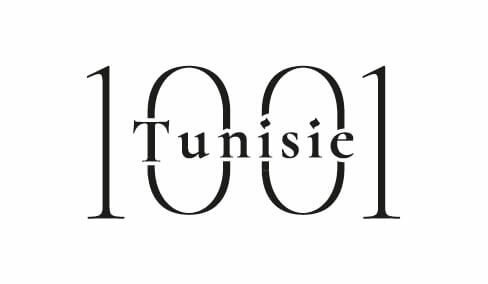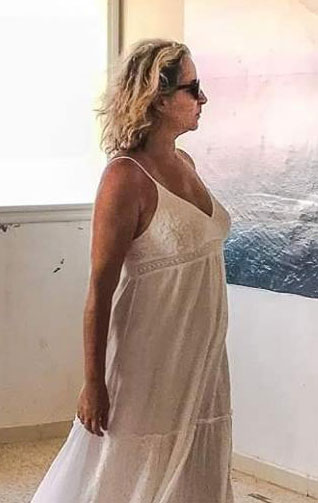
SAMYM is the name of a concept store that is almost the temple of crafts dedicated to Africa in Tunisia, in La Marsa, just behind the “Petit Salem”. Concentrated from Africa, the shop is designed by Meriem Dridi Nalletamby who exhibits objects from Mali, Senegal, Mali, Ivory Coast, ….
The young woman shares her passion with her clients; that of the continent but also and especially that of sharing and convivial encounters. This is evidenced by the last event organized by SAMYM; an introductory workshop to the art of tying the African scarf.
 Tying a headscarf in African countries can be taught in family and at an early age. The women wear a piece of their loincloth, which according to whether it is simple or double, understand small or large, allows knots from the simplest to the most elegant and complicated.
Tying a headscarf in African countries can be taught in family and at an early age. The women wear a piece of their loincloth, which according to whether it is simple or double, understand small or large, allows knots from the simplest to the most elegant and complicated.

During this workshop organized by SAMYM, the curious were numerous. They all tried their hand at this art presented and explained by a hairdresser from Abidjan who, with smiles and pride, explained the names of the different ways of tying the turban; in flower, seashell, fan, apple in the middle from side to center or down …
Tying a scarf takes between 5 and 10 minutes depending on the complexity of the hairstyle and this fashion accessory is really capable of relooking, embellishing and hiding a (bad) hairstyle.

The scarf is today a fashion accessory and a pride for African women, while it was the symbol of their rejection in the black years of slavery in the United States of America. Over the years, the headscarf has become a claim, symbol of identity and pride, borne in particular by emblematic Afro-American figures like Nina Simone or Meriem Makeba. In the 80s and 90s, the headscarf made its entry into the fashion world. Today, many American stars like Erykah Badu, Lauryn Hill and the model Lupita Nyong’o wear the headscarf.
That said, if the headscarf is common to many African countries, it is also important to remember that African women whose “Bambara” wore the headscarf to protect themselves from evil spirits. The headscarf was thus a divine protection against the supernatural beings. “In the Senufo, the headscarf has a religious significance.Wearing the headscarf is also a common practice in several cultures during large ceremonies such as marriage, since this accessory is In Yoruba society, it was used by women to describe their love situation: the end of the headscarf pointing to the right shows that the woman who wears it is married, point to the left, it means that the woman in question is available.
Today, the scarf is above all symbol of Africanity and femininity. It is incontestable that it has not lost its traditional meaning but is now one of the symbols of an Africa that has conquered the world.
For Further information: https://www.facebook.com/contact.samym/


 َAbonnez-vous
َAbonnez-vous

